What to Photograph on Your Vacation

Vacation time is drawing rapidly nearer. You’re surely looking forward to many new experiences and moments that you’ll want to preserve. But if you don’t want to come back home with a huge pile of photos and then throw away three-quarters of them, get inspired by our tips on what to photograph and how.
Every photographer with even a little experience knows that it’s not too smart to constantly snap everything you see. However, travelling in a foreign country tempts you to do just that. You get the feeling that you’re somewhere special and that you’ll miss something if you skip anything. But then you’ll probably end up throwing away hundreds of boring, ordinary, and blurry photos.
Photograph Responsibly
Before each press of the trigger, carefully think through your composition. The foundation is to never forget the golden crop and the rule of thirds.
Unless converging lines in the photo beg for it, avoid centre composition. And remember that you can add life to ordinary photos with unusual angles. Don’t be afraid to sit, lie, or lean with your camera. But never take your pictures while you’re moving.
You should also think hard about when you’ll be taking your pictures. Around noon the sun casts hard shadows, and its rays are too strong. Skip it and shoot in the late morning or early evening instead. During the day, if you run into objects that you want to immortalize and you can’t come back to them later, then of course there’s nothing to be done. Just don’t forget to adapt your camera settings to the light.
But if you do have a chance to come back to the spot, try to do so. Nearly every beach photo looks best in the morning or evening.
You also need to get to know the site well. So be aware. Perceive with all your senses. Listen well, always keelookout out, and absorb the atmosphere. Once it gets under your skin, you’ll know what’s worth photographing and what not to give your attention to.
If you’re still not sure what, when, and where to take your pictures, then take inspiratfromn in this list of photographic subjects. Ide,ally before you head out on the road:
People
The best photos are the ones that are natural and depict moving objects. Something interesting and lively shines from them. Try to capture the emotions that reigned during your travels.
Don’t forget the locals, either. They often reveal more in their faces than yfellow travelerslers will. They make photos more authentic.

Don’t Forget Architecture
One key part of your travel photos is architecture. Houses, churches, streets, and cottages. Most people are interested in what was different about your vacation compared to what they’re used to at home. So photograph unusual buildings or views.
Play with lights and shadows and don’t be afraid to convert your pictures to black and white. In some situations, it can make a picture more mysterious. Even when you’re photographing something quite ordinary. Like a bike leaning against an outdoor wall.
Photograph Your Food
I consider food photography a good way to document local customs and culture. Here too it can pay to shoot semi-closeups. And you don’t need to depict the whole plate of pizza. Slice off just a bit instead. Everyone can fill in the rest in their heads.
Likewise even an ordinary mug of coffee from a gas stop can be valuable as a reminder of what happened when. Don’t forget that your photos will mainly serve to document your trip, so they should tell the viewer a whole story.
Everyday life
Do not overlook the seemingly ordinary sights you encounter on the streets. These mundane elements are an essential part of local culture and can serve as excellent subjects for reporting. They provide insights into the daily lives of the local people, their preferences, moods, and even their modes of transportation. Embracing these commonplace aspects can offer a deeper understanding of the community and its way of life.
Nature
The last important photography tip for vacatiins is nature. You can use photographs as a reminder of trips to places that are unlike what you can find back home.
You can also photograph nature fa from a close up. When you’re doing that, focus on details that remind you of your experiences.
Nature photography is one of the most demanding genres. Often you’ll see something that feels unusual and bombastic, but after taking your picture, you find out it’s uninteresting.
So put some effort into your post-editing as well. It can often spice up an otherwise boring picture, for example by giving it a mysterious atmosphere.
Are you already looking forward to your trip to lots of new photos? When you go to pack your camera, remember: people, architecture, food, everyday life and nature. All of this should be there in the photos from your trip.
If you have any further tips on what should appear in your vacation photos, please share your ideas and experiences with us! And don’t forget to buy Zoner Studio for free for 7 days.
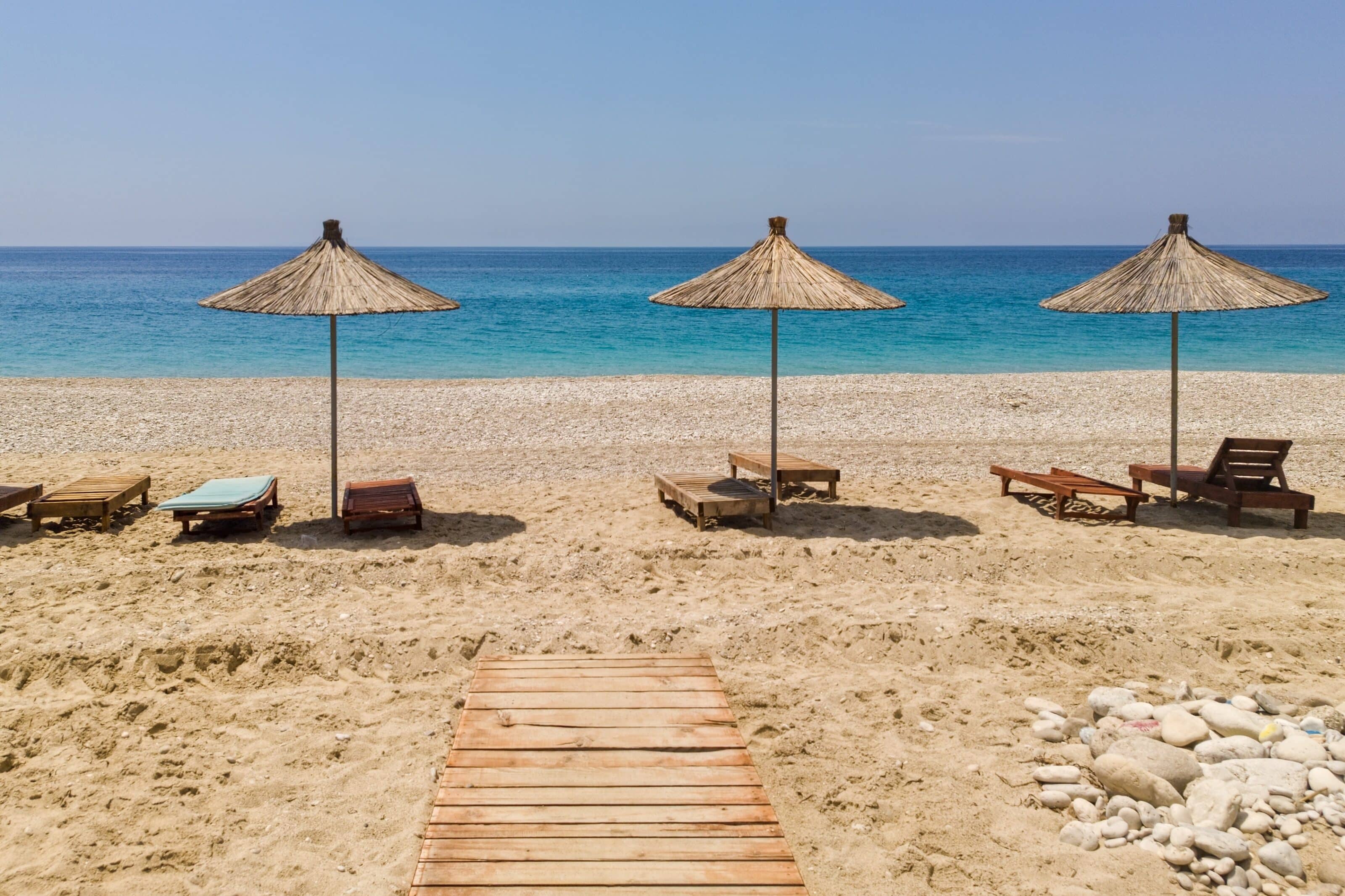
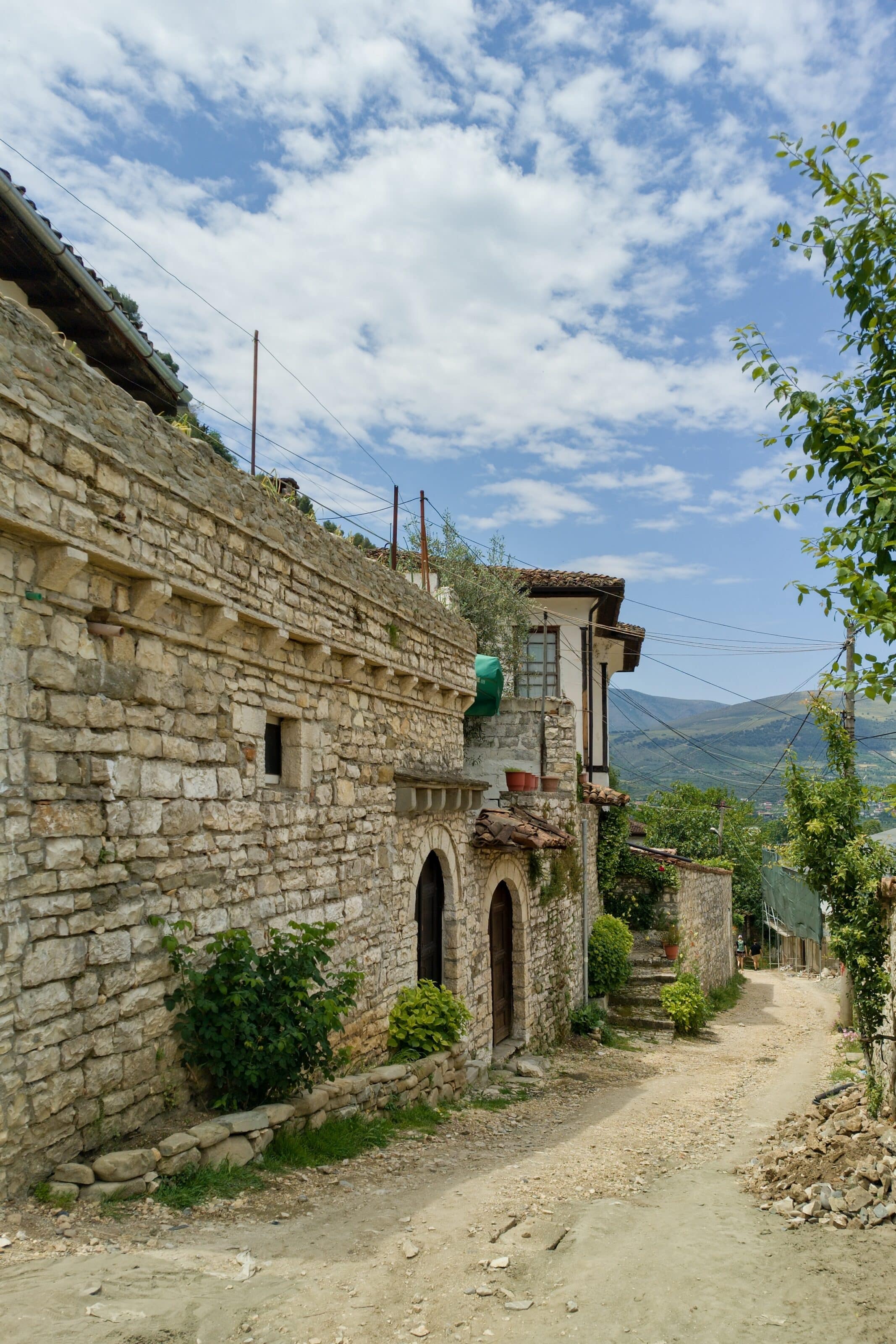

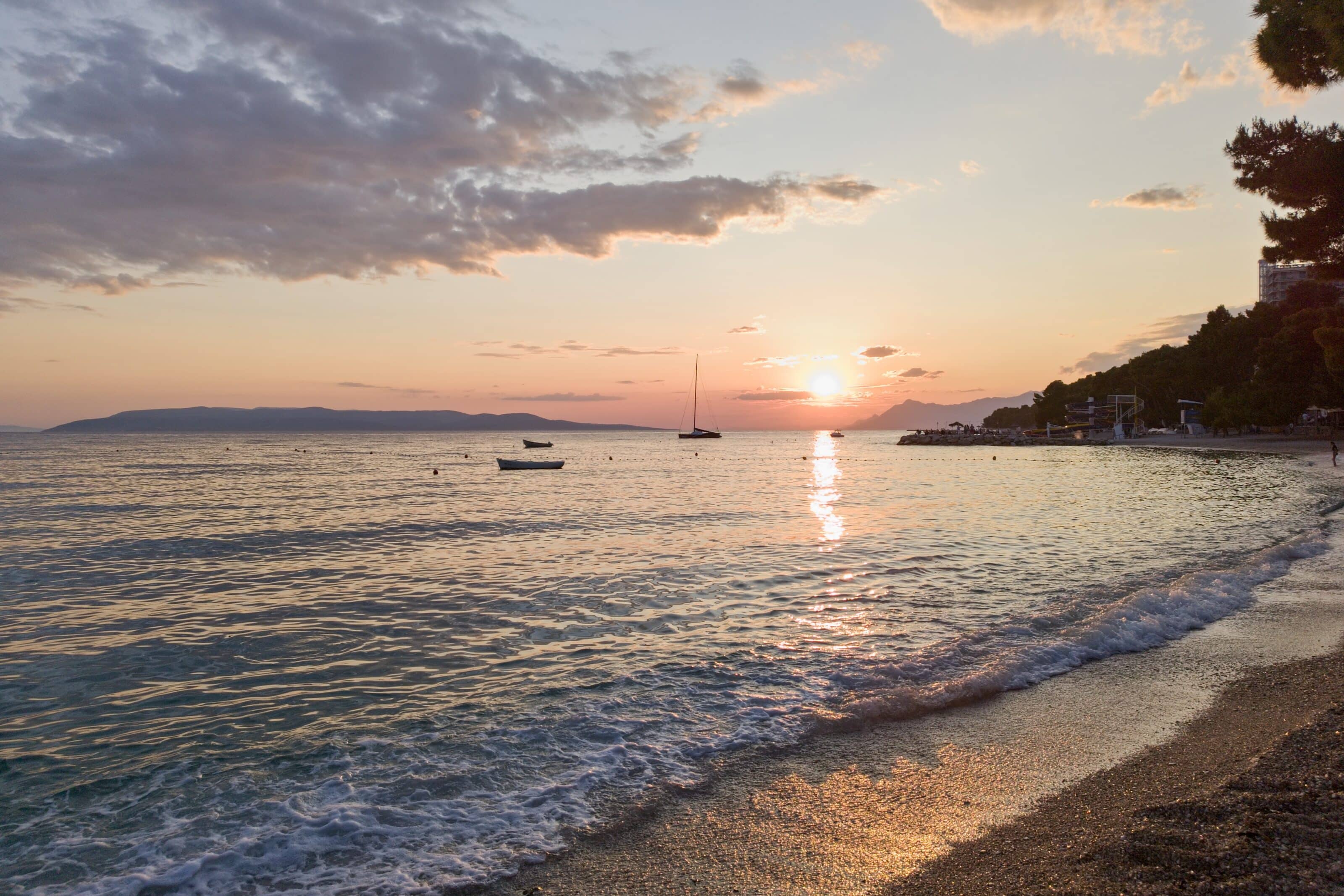

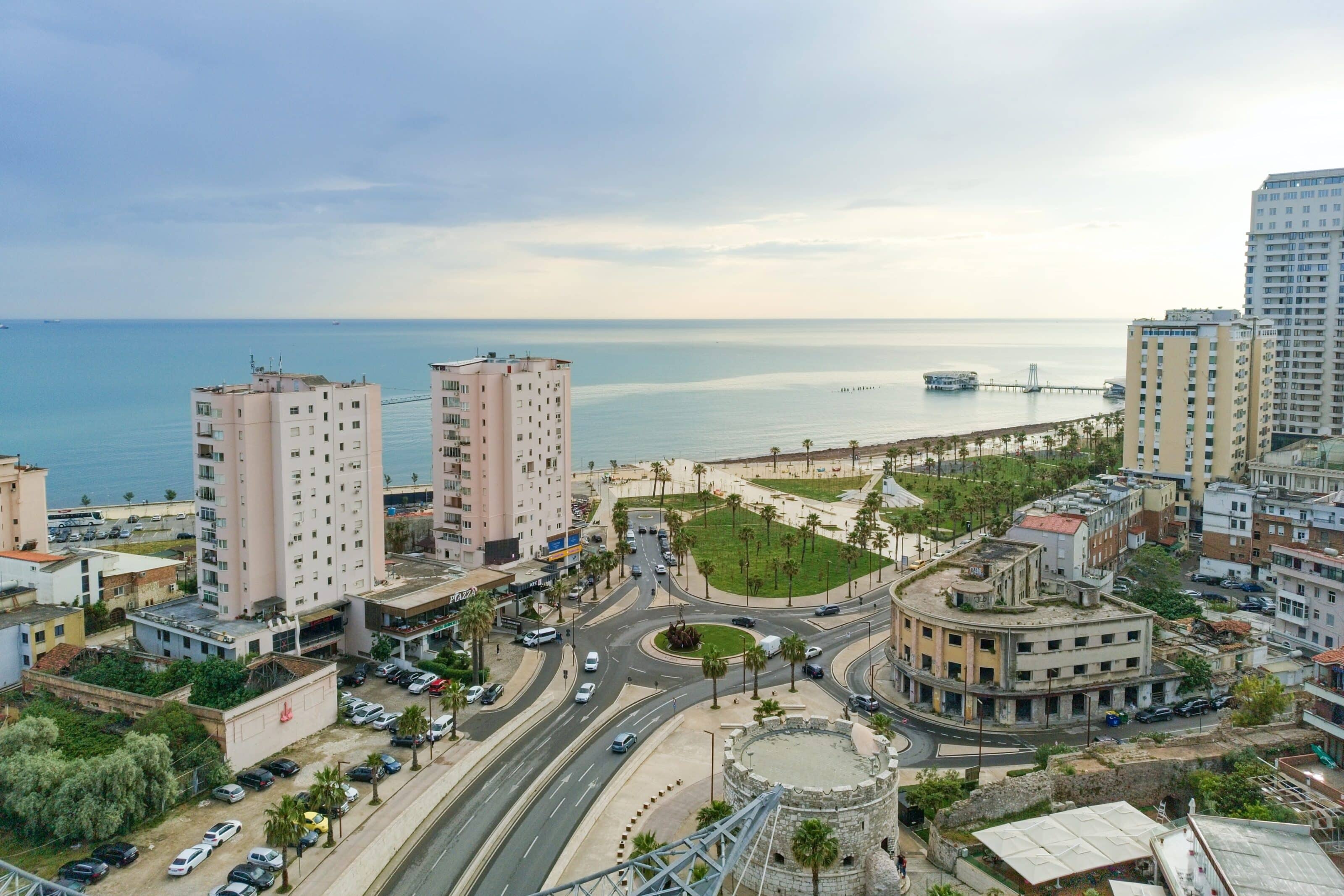
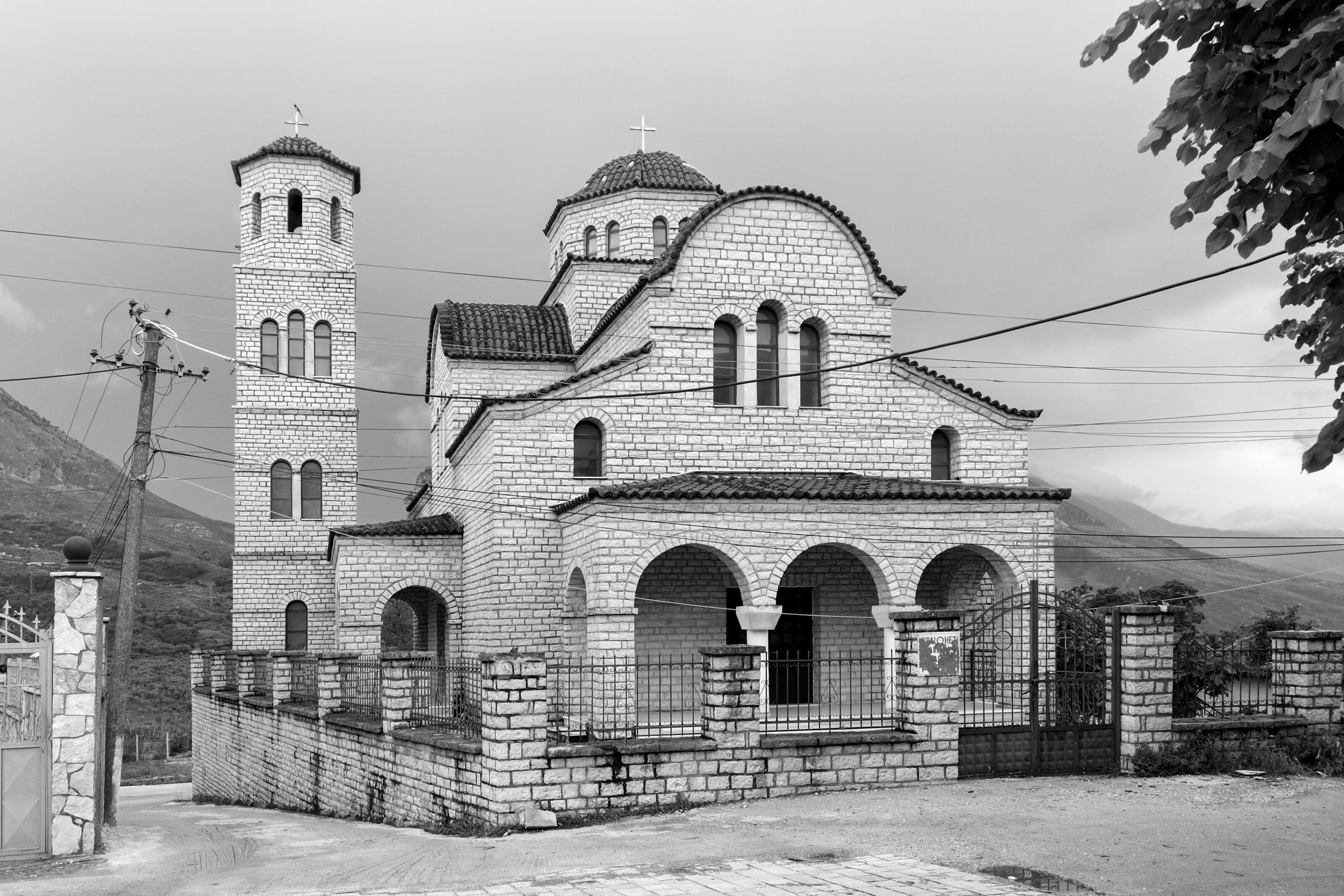

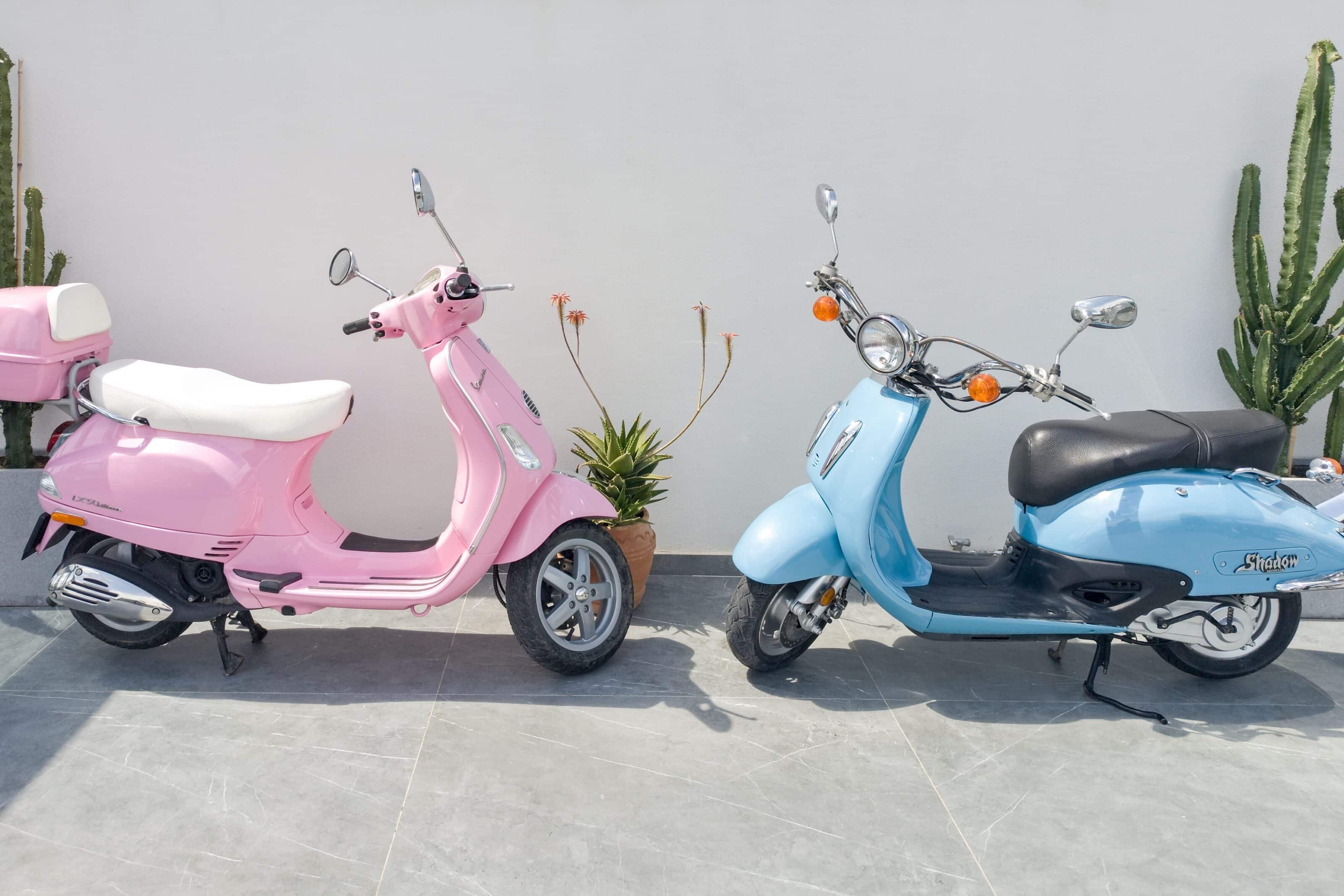
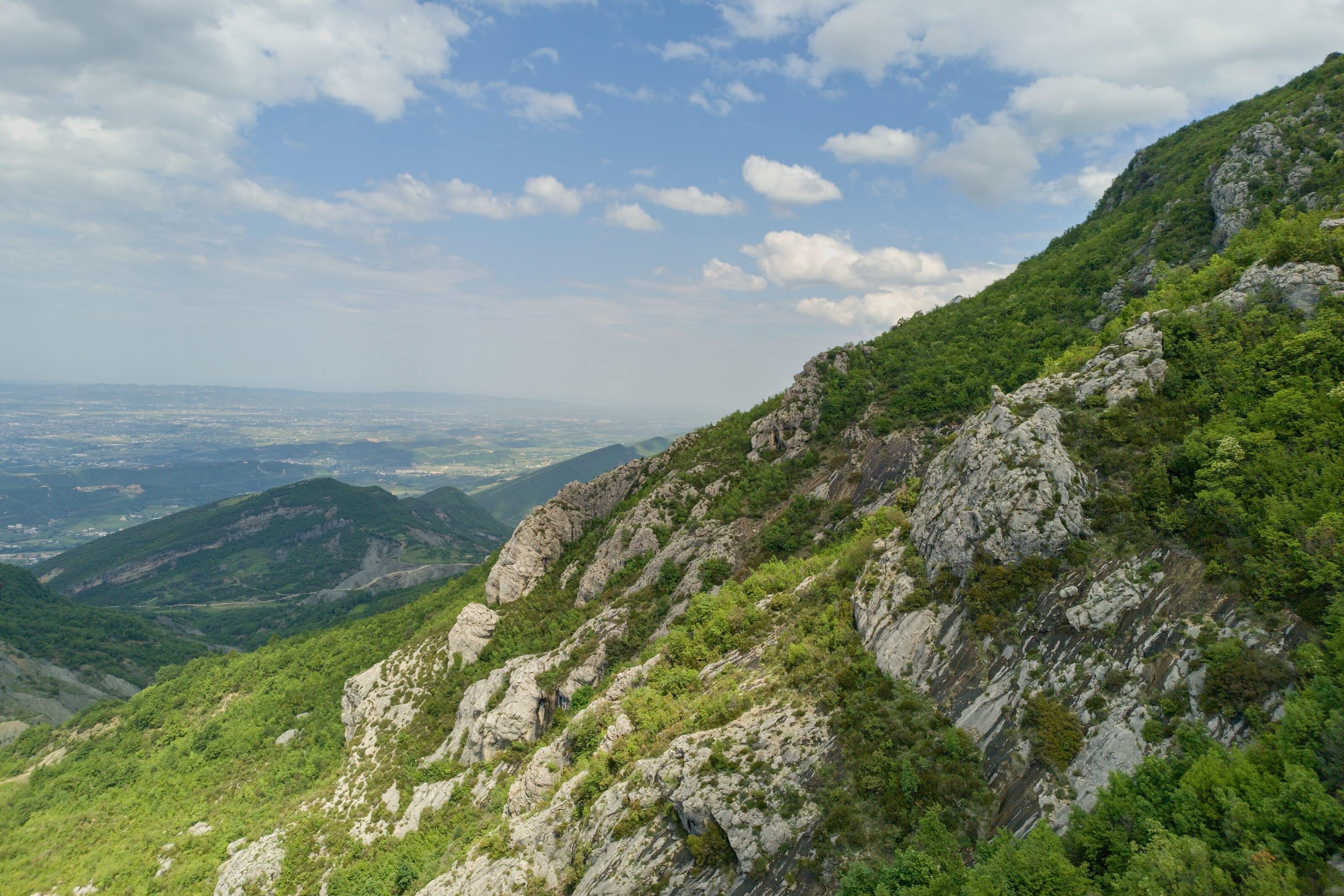

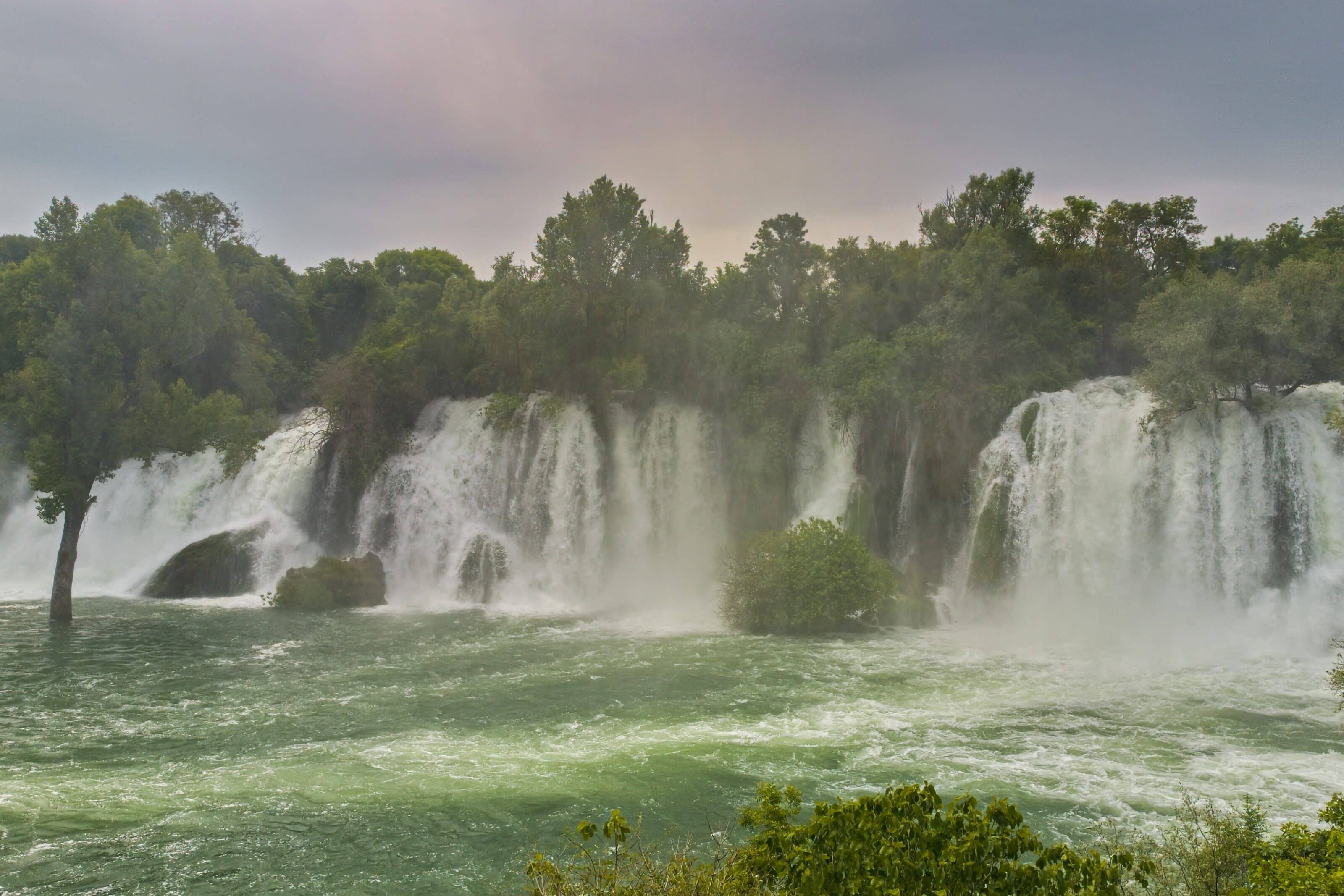

There are no comments yet.